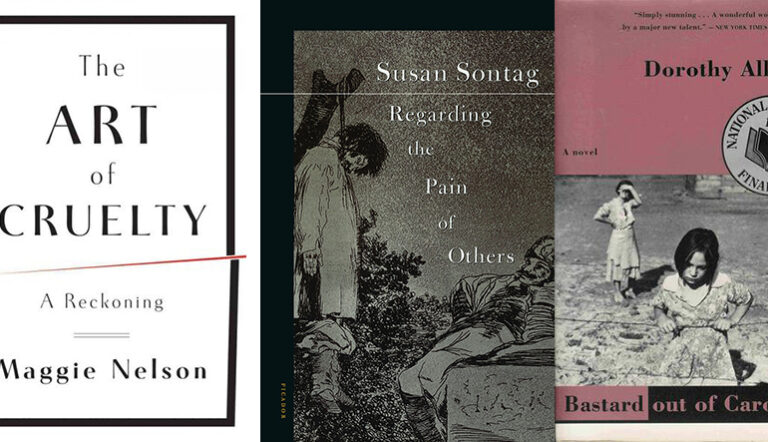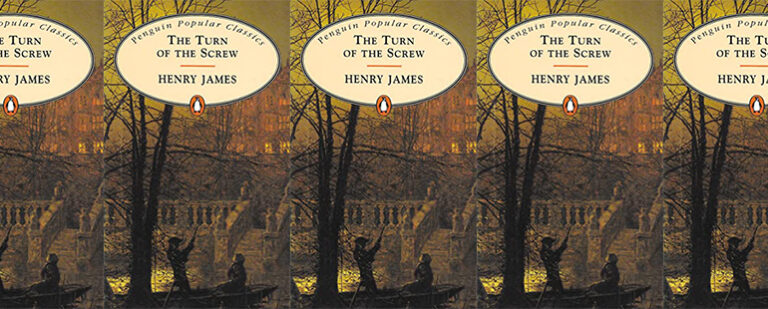The Longitudinal View of Rebecca Solnit

Rebecca Solnit has written on political issues for over three decades, covering the shift in societal views on gender and race, as well as how these aspects of life inform the way humans move in the world. Her criticism is cutting, mincing no words when unpacking the insidious ideologies behind things as seemingly inconsequential as a Tweet or an offhand remark made by a politician. In a time when a kind of fatigue has set in following an unprecedented stream of political scandal and corruption, Solnit puts what is happening in the political and societal arena into a longitudinal context. Her latest collection of essays, Whose Story Is This?: Old Conflicts, New Chapters, returns to many of the same questions she has worked through throughout her career, while considering what has changed since the 2016 election.
Writing is itself an interactive process with writers often going through multiple drafts of the same piece and even returning to their work years later with addendums or edits. But writing also includes returning to ideas to critically analyze the belief systems that give rise to them. Solnit’s approach has this type of reflexivity built into it—a tendency to return to the past and to think through the same event multiple times in light of our current moment. For instance, she often returns to the case of Anita Hill, using Hill’s experience and monumental strength as a point of departure for thinking through the impact Hill’s testimony has had since 1991—an opening up of space for previously stifled conversations about workplace harassment—and how much has remained the same, as became clear in the treatment of Dr. Christine Blasey Ford during her testimony against Brett Kavanaugh in 2018. With nearly thirty years between these two testimonies, it is easy to become discouraged at how the stories of women and survivors are treated similarly even now.
Yet, when reading Solnit’s work, there is no sense of fatalism. Instead, she maintains a deliberate balance between acknowledging what has been accomplished over the last several decades and being direct about how much work remains to be done. In one essay from the collection, she writes, “There is a geological term, punctuated equilibrium, that proposes that life on Earth evolves not steadily but with long uneventful intervals ruptured by epochal change.” Her focus on a longitudinal view of societal change allows readers—particularly younger readers, who might not have the same long view of recent history—to see what changes have actually transpired. Reading about how Solnit herself wasn’t allowed to wear pants until she was in grade school and comparing that experience with the current environment of the United States puts the rate of social change into perspective. While it can feel like we are constantly repeating the same arguments, we learn to adjust the terms of the conversation with each iteration to push towards a future that includes more voices and a wider range of experiences.
The title of Solnit’s collection itself highlights her approach to reflecting on political issues and the importance she places on who has control of what narrative. Solnit herself is credited for helping to coin the term mansplaining, stemming from her widely read essay “Men Explain Things to Me,” and a similar critique of men dominating larger sociopolitical narratives remains a key thread in her newest collection. Rather than feeling like nothing ever changes, however, there is a sense of hope in these essays as she reflects on the impact of the #MeToo movement and the number of influential men finally being held accountable for their behavior. While there is still more work that needs to be done, slowly there are some strides being made and more survivors are being believed.
Stories often change meaning when we consider whose perspective is being centered and who is given primacy in the narrative. Solnit notes throughout her work that, for a long time, the discussion of sexual assault and harassment was centered upon the men who committed these acts, rather than upon the women who were trying to tell their stories; women’s stories were often dismissed or ignored. Solnit describes it aptly when she says the issue was less about who was speaking than about who was listening. Now, she sees a greater shift in the number of individuals listening to survivors’ stories and, more importantly, believing them. As Solnit writes, “One of the rights that the powerful often assume is the power to dictate reality.” These stories are therefore important to return to time and again in order to get a better sense of where oppression remains.
While Solnit often focuses on issues of patriarchy and the experience of marginalized non-men individuals, she is quick to admit that there are other stories that still need to be explored. Whose story is being told has been an issue in the feminist movement over the last several decades—when speaking about women and their rights, what type of experience is being centered and what experiences along the lines of race or class or ability are being omitted from the story? Each time we return to discussions focused on sexual assault and harassment and gender-based oppression, there is an opportunity to expand the discussion to include more experiences.
Far from feeling repetitive, then, Whose Story Is This? offers readers nuanced takes on old issues while touching on topics that have become increasingly important in the public discourse over the last few years; beyond the #MeToo movement, Solnit discusses climate activism and critiques of late-stage capitalism. Rather than providing readers clear-cut answers on these topics, however, Solnit encourages us to do our own work in learning about the lives of others. She argues that “ignorance is one form of tolerance, whether it’s pretending we’re in a colorblind society or one in which misogyny is some quaint old thing we’ve gotten over. It’s not doing the work to know how the people around you live, or die, and why.” This sentiment seems to be one of the driving forces behind Solnit’s prolific writing career: the desire to understand the lives of the people around her, to understand why the world is the way it is, and to find out how to make it better. Like her, it is important for readers to consistently return to questions of patriarchy, gender, race, and economic inequality to get a better sense of our own ignorance and blind spots. By continually interrogating our own beliefs, we can see whose stories have been excluded from the conversation and, most importantly, to learn to listen.
This piece was originally published on November 26, 2019.


